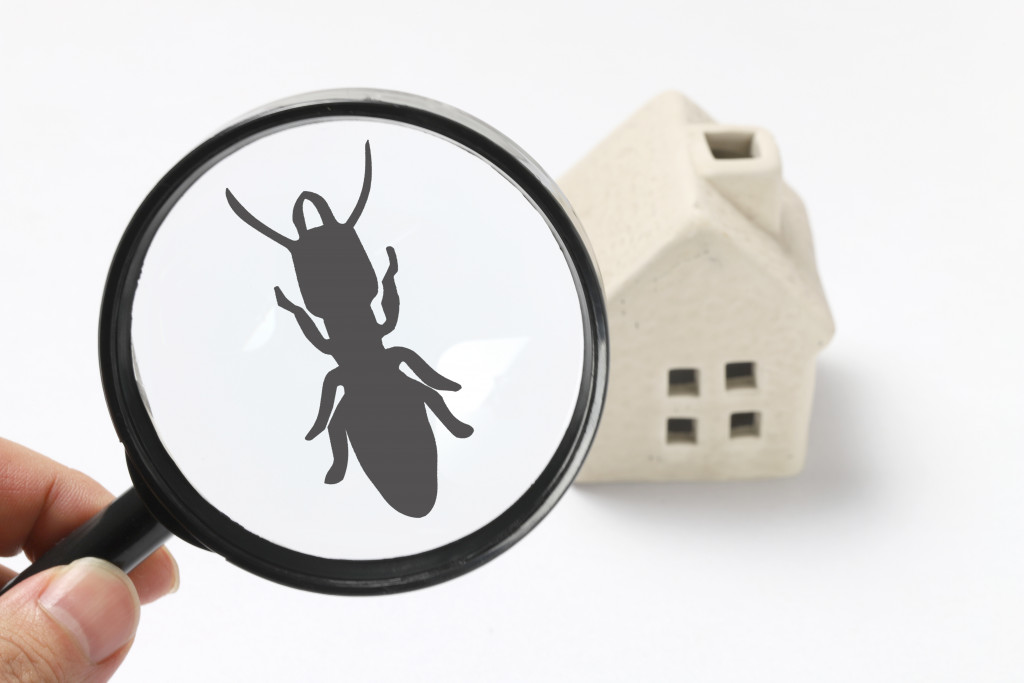At best, pests are a minor nuisance. They bite, they ruin food, and they eat up your plants. However, pests can be so much more than that. They can carry major diseases that affect humans and pets; they can cause significant structural damage to your home, and with major infestations, they can ruin your lawn entirely.
Therefore, preventing pests from making a habitat out of your property is better than dealing with a full-blown infestation—and it all starts with your yard. Here are the most common landscaping mistakes that can attract pests to your property, as well as how you can avoid them.
1. Planting trees too close to your home
If you plant trees close to your home, their roots can put too much pressure on your foundation and eventually lead to cracks. Any kind of cracks in your foundation can serve as entrances for pests, and they can also let moisture into your home, which is another factor that attracts pests.
Furthermore, branches that hang too close to your home can serve as bridges for rodents, termites, ants, and other types of pests, which can then enter your home via a window.
To avoid this problem, plant small trees at least 10 feet away from your house, medium trees 15 feet away, and large trees 20 feet away. If you already have a tree too close to your foundation, consider hiring an arborist to relocate it with its roots intact or remove the tree entirely. To be extra safe, have a professional check your foundation to see if the tree’s roots have already caused damage.
2. Leaving yard debris in a pile
After raking leaves and trimming the bushes, don’t leave the debris sitting in a pile in your yard. Aside from making it difficult for the grass underneath to breathe, the debris can also attract pests like rats, skunks, ticks, and other pests that might use it as a nest.
If you tend to have trouble disposing of the debris after you do yard work, consider hiring residential mowers who get rid of the debris as part of their job. Alternatively, make the extra effort to bag the debris up and have your local trash collection service pick it up. Some homeowners opt to burn their yard debris, but doing so releases carcinogens and contributes to climate change.

3. Not addressing rotting stumps or plants
Rotting tree stumps can attract many types of pests, especially those that eat wood. On the other hand, dying plants are also a beacon for all sorts of bugs and, at the same time, affect the health of the surrounding plants.
With this in mind, be sure to address rotting stumps and plants as soon as possible. If you have recently cut down a tree in your yard, have the remaining stump professionally removed to prevent it from attracting pests. As for dying plants, try to save them immediately. If they are already dead, remove them entirely and check the surrounding plants for signs of disease.
4. Overwatering
Always be careful not to overwater your lawn as excess moisture can attract pests like moles, grubs, and grasshoppers. Overwatering can also lead to the formation of puddles in your lawn, which can serve as breeding grounds for mosquitoes.
To avoid overwatering, simply check the moisture level of your soil before watering it. If the soil is still moist a few inches down, water later or the next day. If you use a sprinkler system, adjust its schedule to spray less water when the temperature is cooler (water evaporates less in cooler weather), and turn off the automatic spray when it rains.
5. Putting mulch against your foundation
Mulch helps keep plants healthy by trapping in moisture. However, this also causes it to attract pests. And when you pile mulch right against your foundation, pests can easily find their way inside your home.
To avoid this, pile mulch at least six inches away from your foundation. The farther, the better. It is also a good idea to use two inches or less of mulch to limit moisture accumulation. But even with these precautions in place, always inspect the mulched area for signs of pests to address a potential problem before it arises.
Conclusion
Great landscaping is the key to making your yard look great and keeping your greenery healthy. However, you don’t want to attract pests to your property in the process. With that in mind, be proactive in avoiding the mistakes above, and always be vigilant for pests—regardless of the season.

